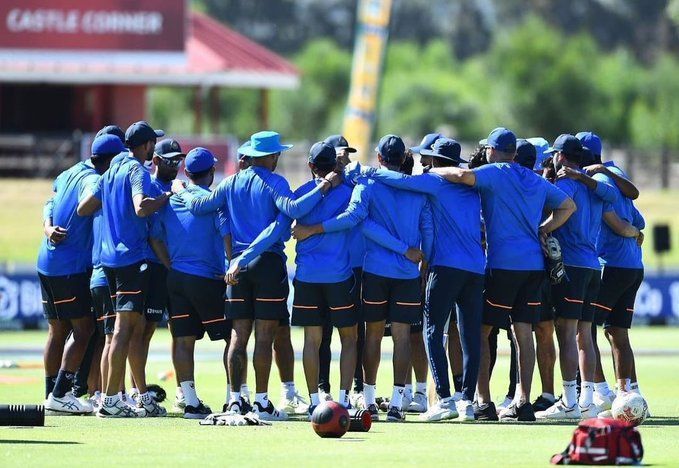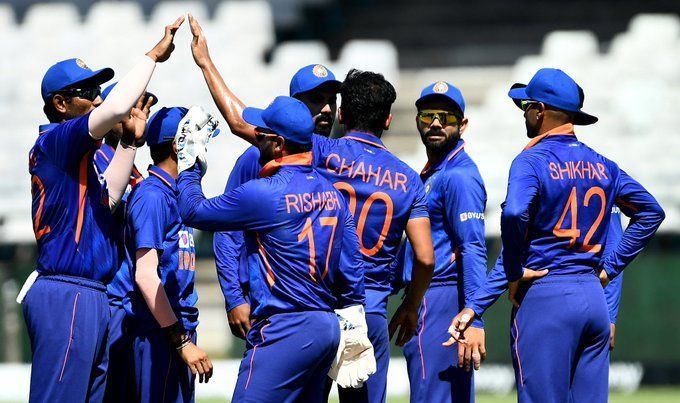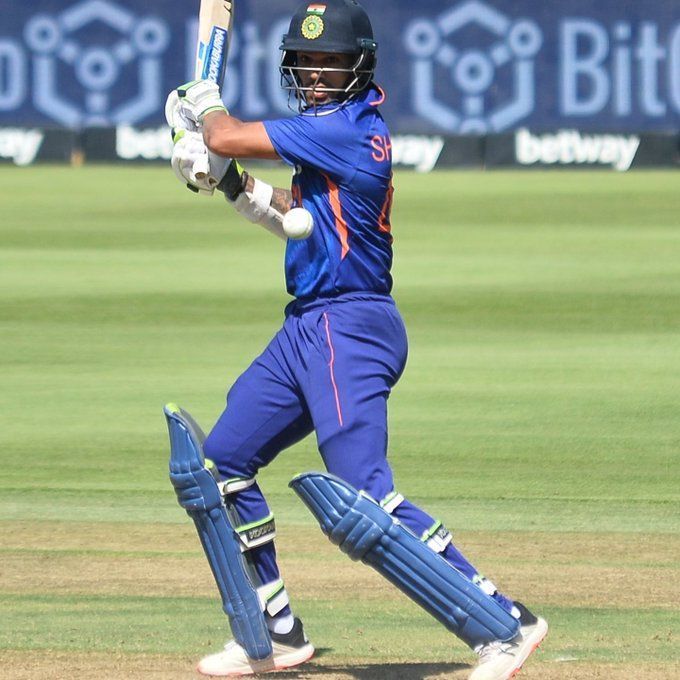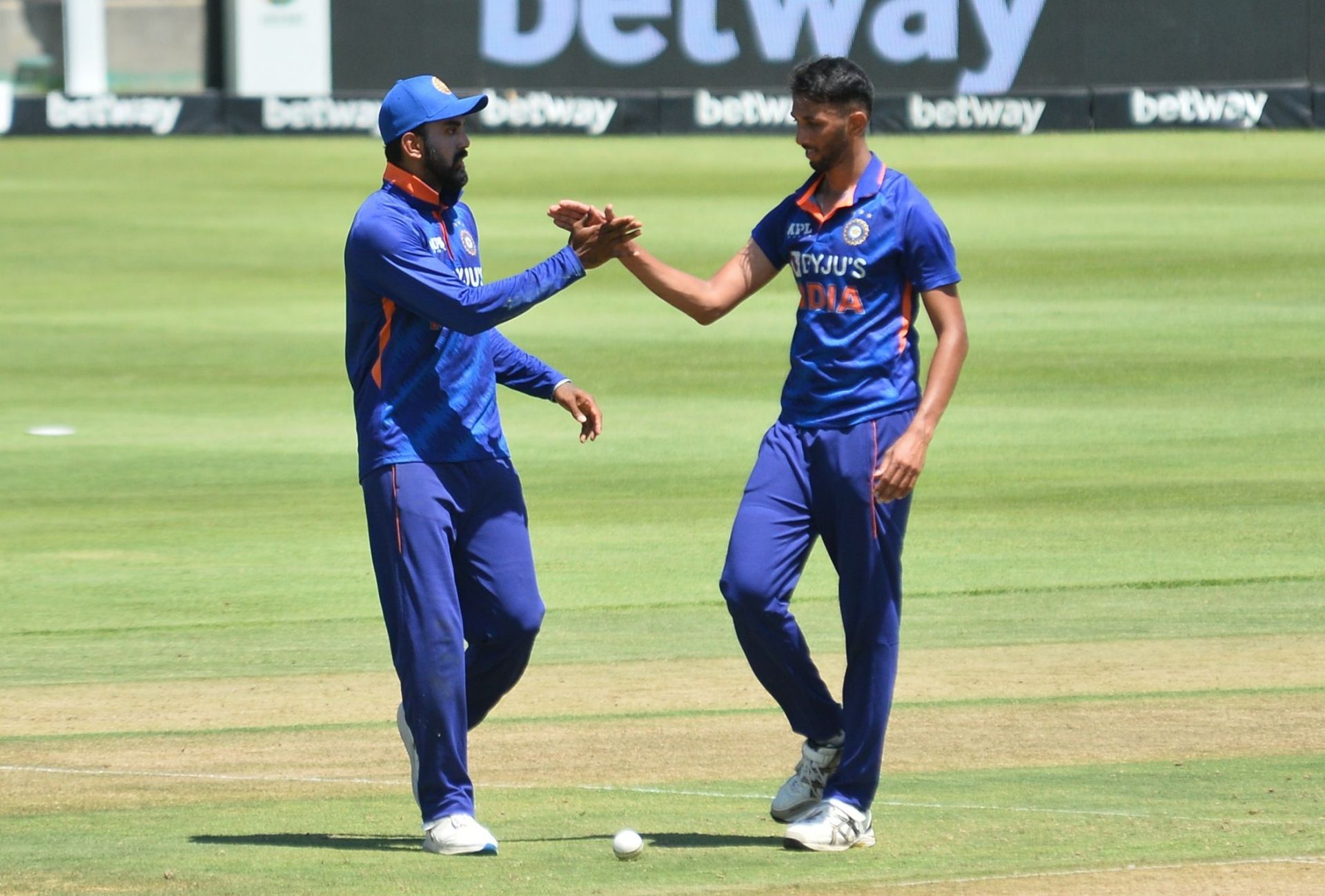
3 challenges for KL Rahul if he's considered a long-term captaincy option
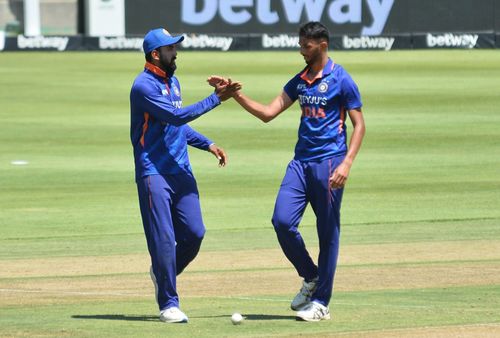
Team India batter KL Rahul, who was the stand-in captain during the one-day series in South Africa, recently stated that it would be an honor if the Test leadership came his way. However, Rahul did not leave a great first impression as captain in the Rainbow Nation.
He got a chance to lead the team during the Johannesburg Test after Virat Kohli was forced to pull out at the last moment with upper back spasms. India lost the Test by seven wickets after having gained the upper hand at the halfway stage of the contest.
The Men in Blue were then demolished 0-3 in the one-day series as Rahul failed to make any sort of impact as leader. In all the matches, India faltered after putting themselves in decent positions to push for victories.
What KL Rahul must do to prove captaincy credentials
Although Rahul has only led India in a handful of games, questions are already being asked about his leadership skills. Here are three challenges in store for the 29-year-old in case he is considered a long-term captaincy option.
#1 Getting the best out of players
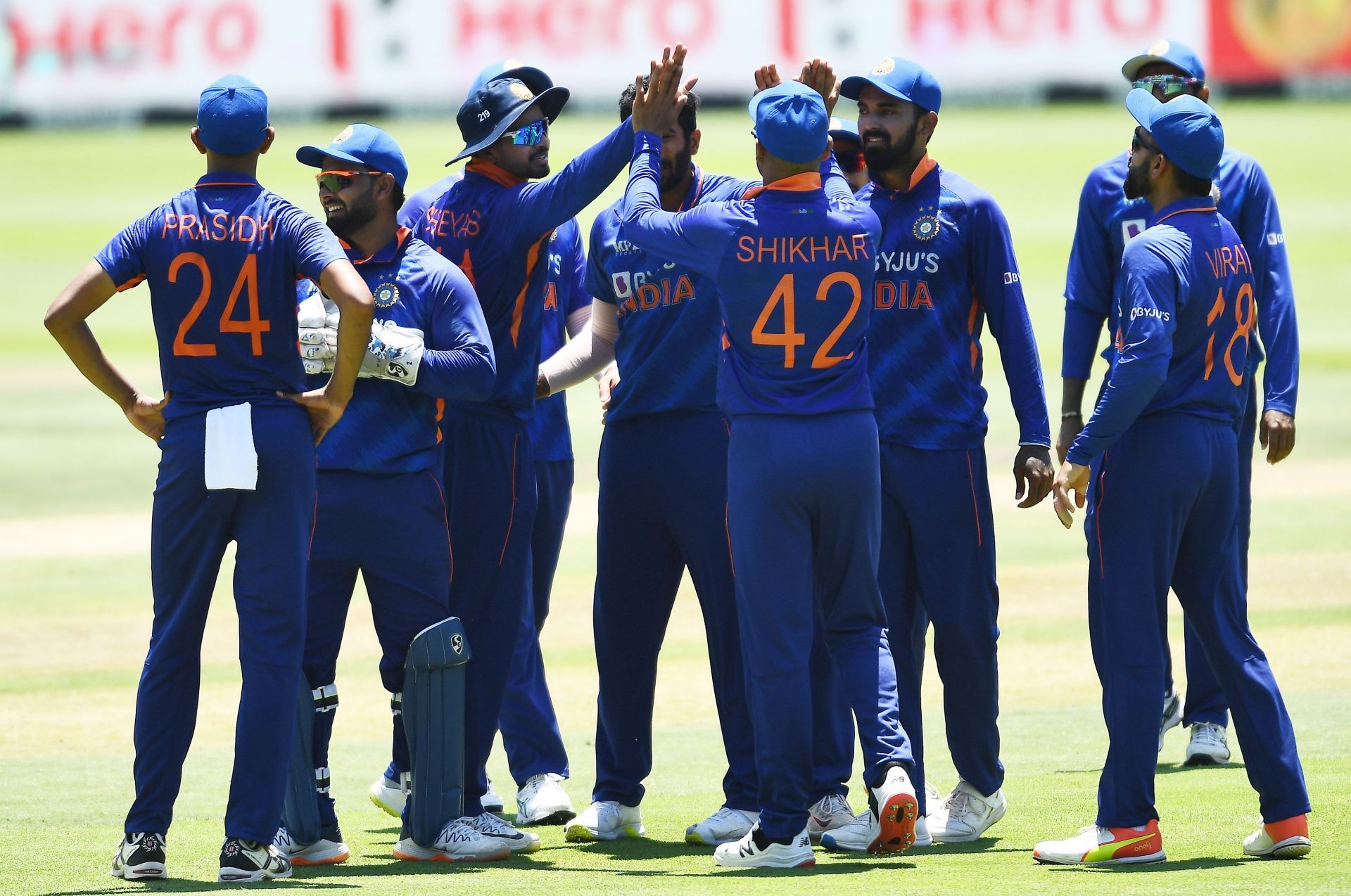
This will be Rahul's biggest challenge in case he gets more chances to lead the side again. The Indian cricket team is going through a period of transition, with Virat Kohli no longer captain in any of the formats. Although Kohli’s captaincy style and various other facets of his leadership split opinion, his numbers prove how successful he was.There was also a sense of stability under Kohli’s leadership.
Even since the resignation and sacking drama, Team India have been changing captains a bit too frequently for comfort. Ajinkya Rahane led in one Test against New Zealand, but Kohli replaced him for the next. Rohit Sharma took over the reins for T20Is against the Kiwis, after which Kohli was back for the South Africa Tests with Rahul taking over for the ODIs.
Unsurprisingly, the Indian team looked completely lost in transition under Rahul. Although the man himself may have denied it, the team’s body language and energy in the one-day series were pretty much non-existent.
Rahul himself couldn’t leave his stamp as leader. As such, getting the best out of the players will be his first and foremost challenge if he is handed back the captaincy in any of the formats in the near future.
#2 Leading from the front with the bat
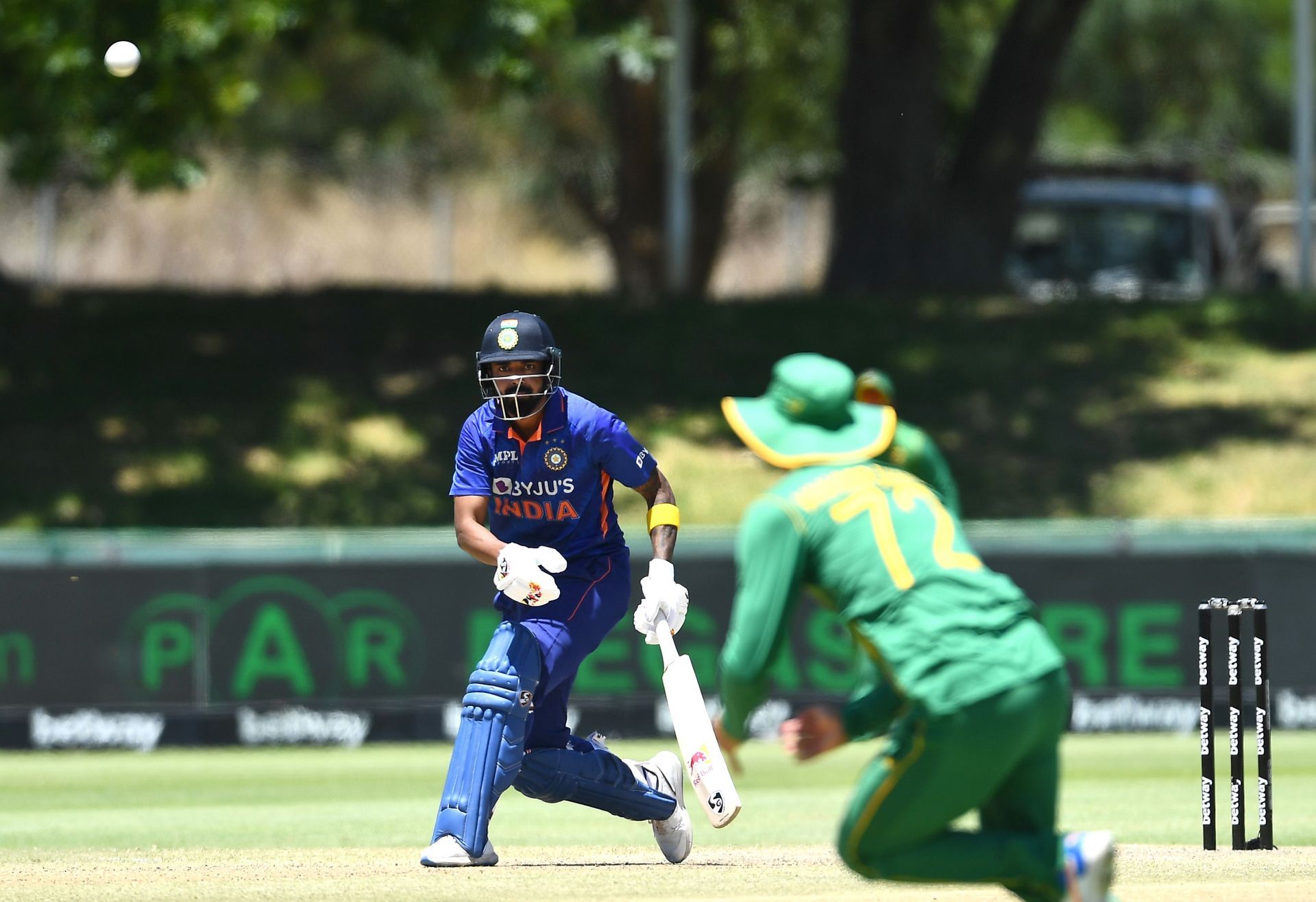
Rahul gave clear hints during the Johannesburg Test and, more prominently, in the ODI series that captaincy affects his batting significantly. The opener began the tour on a high with a superlative hundred in the Centurion Test. He got a fifty in Johannesburg in the first innings but his manner of dismissal suggested he was feeling the pressure.
In the one-dayers, he just wasn’t his usual self with the bat. The fluent stroke-maker had given way to a tentative batter who was poking at balls without much clarity of thought. Although he registered a half-century in the 2nd ODI in Paarl, it was a painfully slow one and came after he was granted three lives by the South Africans. In hindsight, his slow crawl hurt India’s momentum.
The think tank will need Rahul to work on the mental aspects of his game so he can separate batting and leadership functions. It is significant to have a bifurcation between the two, so a batter can lead from the front without the baggage of captaincy when he steps out with the willow. Rahul has some way to go in that sense.
#3 Improving his skills as a tactician

Although you cannot make a judgment on Rahul’s leadership following his short stint in South Africa, there were enough hints to conclude that he is not a natural leader.
Rahul’s basic nature is reserved, and as a result, his presence as captain was hardly felt on the field. And with Kohli making a visibly conscious effort not to intrude into the new captain’s territory, India looked like 11 players without a head out in the middle.
Tactically as well, Rahul did not make any impact. In all three ODI matches, India had chances to seize the initiative but the captain allowed the game to drift. In the first one-dayer, South Africa recovered from 68 for 3 and in the final match from 70 for 3. The fielding side could have pushed to apply greater pressure but there was no proactive move from the skipper.
With the bat as well, the right-hander did not look to change things around. It was clear from the start that the middle order was India’s Achilles' heel. The captain could perhaps have moved himself down the order. Instead, he kept opening and the visitors kept repeating the same mistakes game after game.
Rahul will need to work extremely hard to develop some out-of-the-box thinking if he wants to be considered a long-term captaincy candidate.
